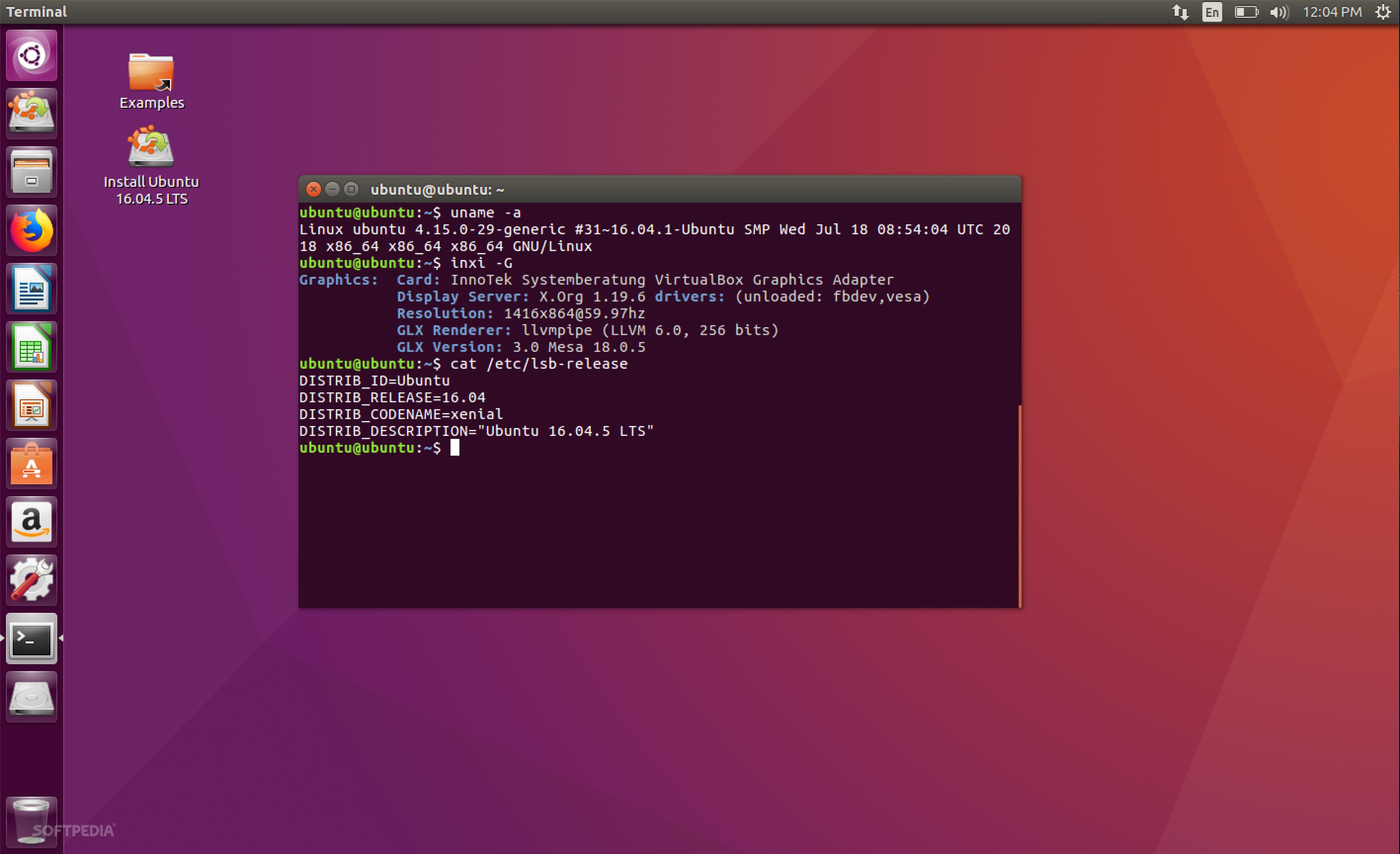

Commonly, the USB stick is recognized as a bootable hard disk, and to boot from it, either set it first in the BIOS boot order, or find a way to select which device to boot from using a key stroke while starting the computer (not all motherboards support booting from USB stick. Make sure to set your BIOS to boot from USB.If using Universal USB Installer, use version 1.9.0.8 or above.

Use software like UNetbootin to create your bootable USB stick (included in Debian/Ubuntu repositories).

Just create a bootable USB stick and try it out. The Ubuntu Studio ISO is a live image, which means you can boot it and use all the default applications without actually installing it. Note that amd64 ISO images are for intel and amd-based systems as the architecture is identical. If you wish to use desktop environments other than Plasma (by KDE), Ubuntu Studio can be installed on Ubuntu or any official Ubuntu flavor using the Ubuntu Studio Installer.


 0 kommentar(er)
0 kommentar(er)
